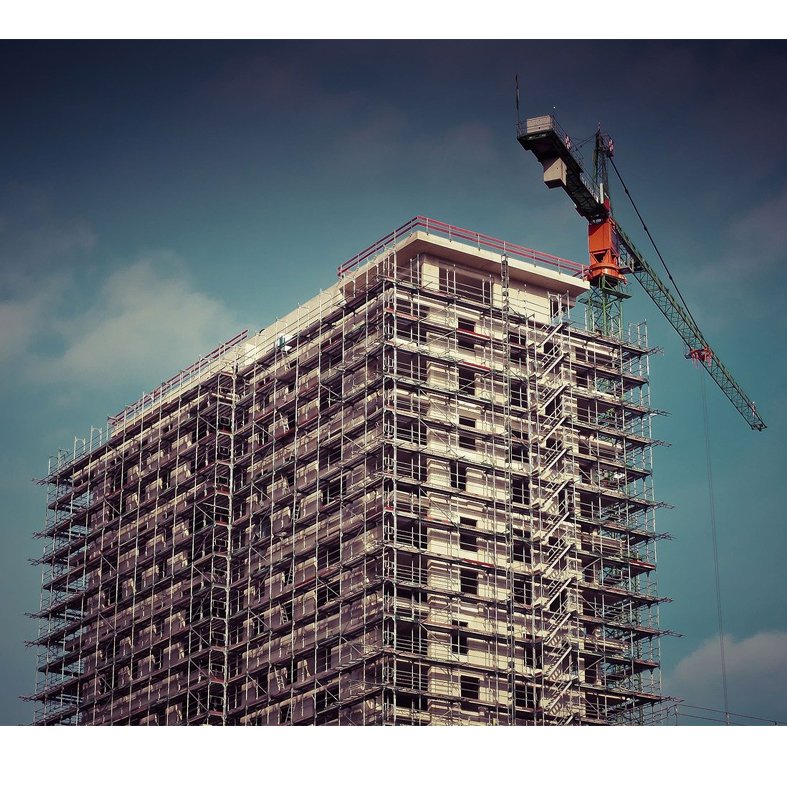97024 88132
info@univisionenterprises.com701, Building B16,
Dindoshi, Goregaon (E), Mumbai-400063Mon - Sat
9:00 AM to 6:00 PM
Sunday Closed
Scaffolding is an indispensable component of construction and maintenance projects, providing a temporary structure that supports workers and materials as they navigate and carry out tasks at elevated heights. Comprising a network of metal tubes, boards, and couplers, scaffolding serves as a stable and secure platform, facilitating safe access to areas that would otherwise be challenging to reach. The design and assembly of scaffolding systems require meticulous planning to ensure stability, load-bearing capacity, and compliance with safety regulations.
During construction, scaffolding plays a crucial role in providing a stable working environment for various trades, including masons, painters, and electricians. It enables workers to access different levels of a building, facilitating tasks such as bricklaying, plastering, or installing exterior finishes. Scaffolding is not only a practical tool for construction but also a safety necessity, reducing the risk of accidents and injuries associated with working at heights.
Beyond construction, scaffolding finds applications in maintenance, repair, and inspection activities for existing structures. Whether for building facades, bridges, or industrial installations, scaffolding provides a stable and secure workspace for maintenance crews, allowing them to carry out their tasks with precision and safety.

